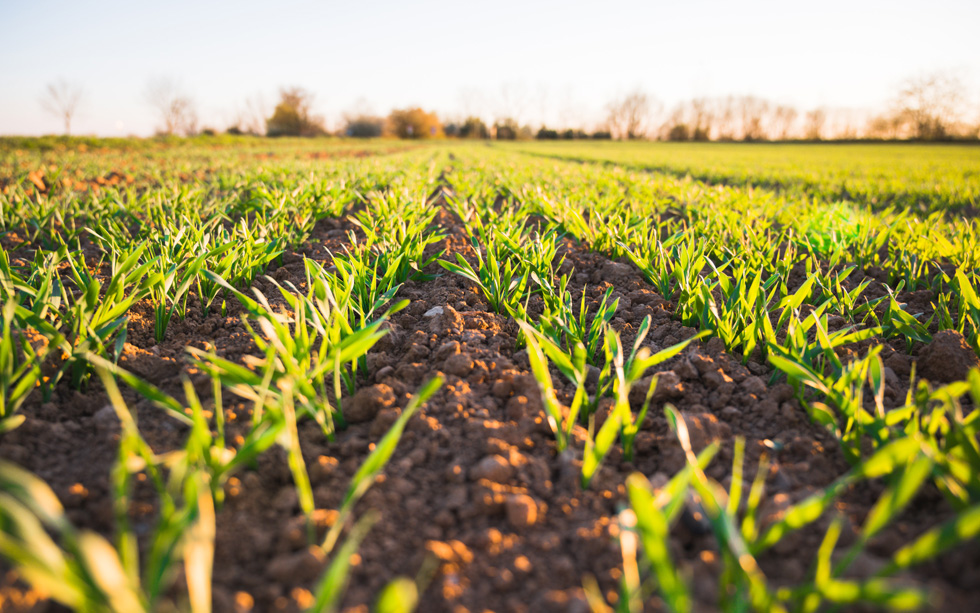In response to disruptions of the food supply chain and the need to transform the food system to be more fair, competitive, and resilient, Secretary of Agriculture Tom Vilsack announced a new United States Department of Agriculture (USDA) framework on June 1 in Washington, DC. According to USDA, the goal of this framework is to create “more and better markets that will benefit both producers and consumers, as well as address longstanding issues intensified by the pandemic” – and several of its components have the potential to reduce food waste.
The framework includes investment addressing food production, processing, aggregation, and distribution, as well as markets and consumers. Pieces that are specifically likely to impact food waste reduction efforts include investments into the supply chain and direct investment in food waste reduction. Up to $600 million in investment and a loan guarantee program will go to the food supply chain to increase access to cold storage and other vital infrastructure for food supply chain companies. Up to $100 million in investment is directed to expand warehouse and refrigeration capacity for food banks and food pantries, with 39 applications already accepted into this program. Up to $90 million is earmarked “to prevent and reduce food waste,” and USDA “will invest an additional $30 million in the Community Compost and Food Waste Reduction Program and will fund a feasibility study and corresponding actions that will support a National Food Loss and Waste Strategy.”
In deploying these and several other funding programs, USDA is placing an emphasis on equity and climate, recognizing the need for a more fair food system and one that is increasingly resilient. These were major themes in the June 1 announcement and resonate throughout different programs – from a focus on climate smart commodity markets and new approaches to targeted fertilizer management practices to a $400 million investment in a national network of food business centers aimed at increasing access to information and tools, especially by underserved communities. Secretary Vilsack also spoke candidly about how excessively efficient our food system is at responding to consumer preferences, but that we instead need to consider resilience, redundancies, and the ability to preserve our food system and its products for future generations. Vilsack will be issuing a separate statement on equity and land access later this summer.
Consistent with an announcement on major agency investments, access to capital was at the core of the discussion. Secretary Vilsack and his fellow panelists joining in from across the country and representing farming, distribution, and healthcare services each spoke about the criticality of building sustainable infrastructure and how that is not possible without access to information, markets, land, and capital. There was clear consensus that capital – and not just federal investment – will be at the crux of food system transformation, and that it must be made easily accessible in a fair and equitable manner. Food waste solutions alone will require a $14 billion investment of public, private, and philanthropic capital needed per year over the next decade, according to ReFED analysis.
Policy is a critical lever for accelerating the adoption of food waste reduction solutions at a large scale, and it is unique in its power to provide a spark that can move the food system to action. Leadership on these issues from a federal level goes a long way. Beyond the dollars, it shows a top-down commitment to solving these challenges. ReFED champions reducing food waste as being a top priority for transforming the food system, while acknowledging that it will take many solutions from a wide array of stakeholders to truly create a sustainable, inclusive, and resilient food system.
Read the full USDA announcement here: https://www.usda.gov/media/press-releases/2022/06/01/usda-announces-framework-shoring-food-supply-chain-and-transforming.

Recent Comments